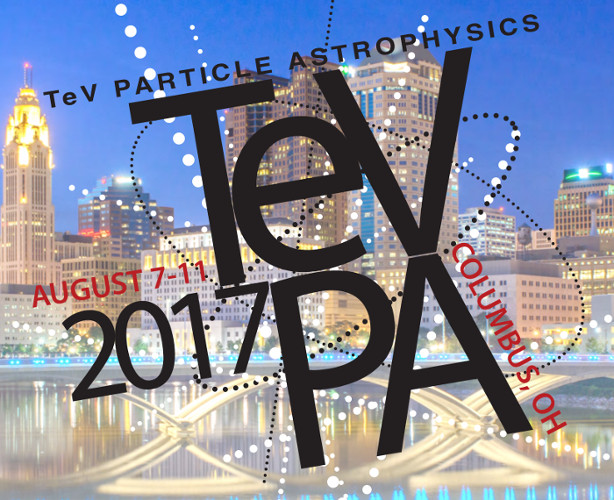Speaker
Description
Using a simplified model for the hadronic emission from young supernova remnants (SNRs), we derive an expression to calculate the hadronic luminosity with time, depending on the supernova (SN) ejecta density profile and the density structure of the surrounding medium. We then use this to estimate the gamma-ray emission from SN 1987A, the nearest visible supernova to us in over 300 years. The SN is surrounded by a three-ringed wind-blown structure that encloses a dense and complex surrounding medium. We present a hydrodynamic model of the medium surrounding SN 1987A, and the evolution of the SN shock wave within this medium. We demonstrate that our model is able to reproduce the time-evolution of the X-ray emission from SN 1987A, including detailed X-ray spectra. We then use this same hydrodynamic model to compute the gamma-ray emission from SN 1987A, and compare to observational constraints. Finally we reference recent observations of SN 1987A to predict the gamma-ray detectability of 87A in future.
(I have also submitted an abstract to the Extragalactic sources (incl. transients) track, with various co-authors).

